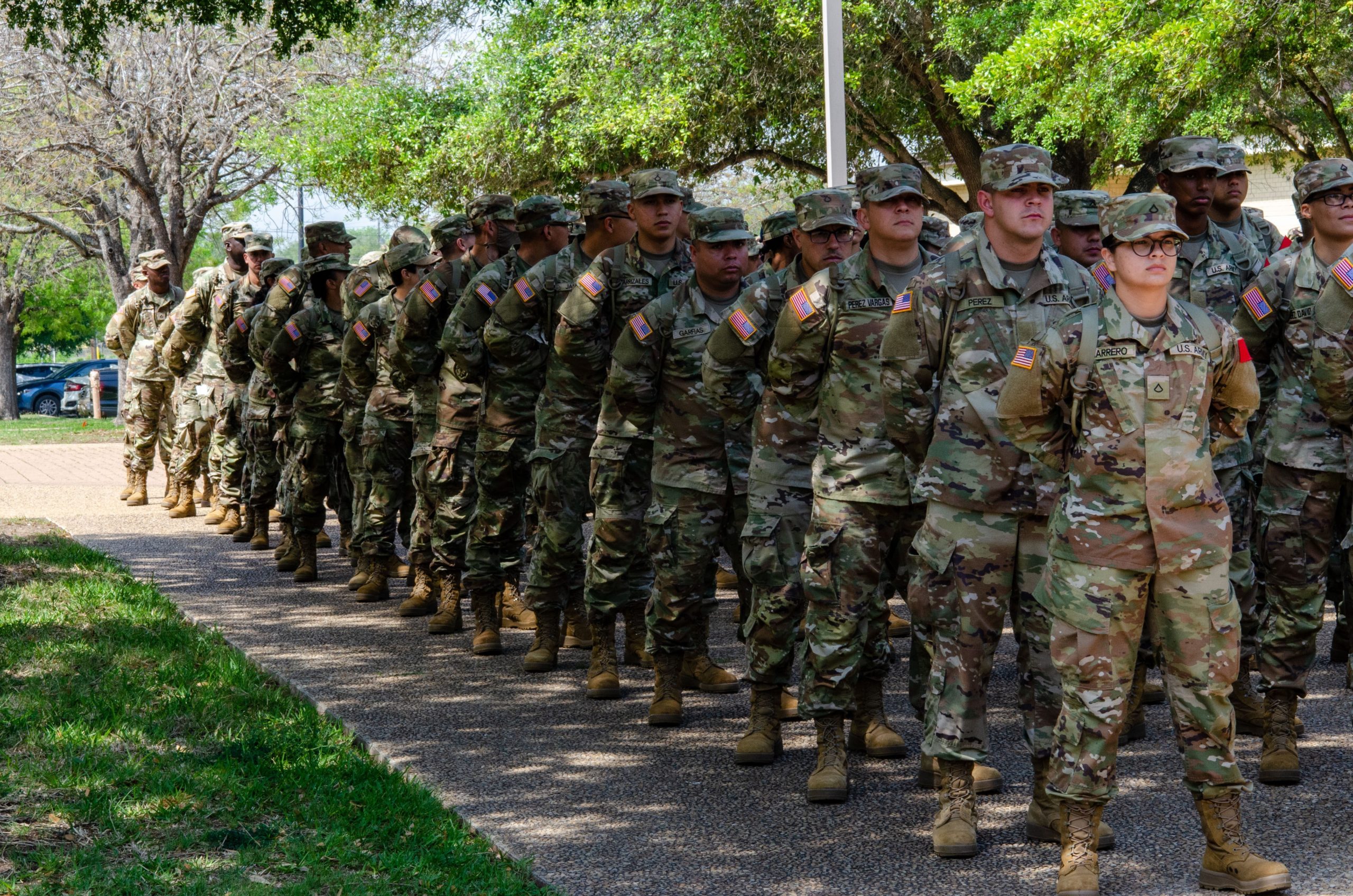The Army is seeking to bring back retired soldiers to fill critical manpower shortages, according to a service-wide directive published this week.
The All Army Activities (ALARACT) document describes how Army retirees can find and apply for open positions and aims to maintain a sufficient number of personnel to fill all of the Army’s authorized positions. The message comes as the service has publicly acknowledged struggles to balance a shrinking workforce with the demands of sprawling global mission sets as recruitment woes persist for a third year in a row.
“A review of commands’ requests for [the] fill of authorized personnel vacancies, in conjunction with current Army manning guidance, prompted review of how the Army can fill key and critical position vacancies,” the document stated, outlining the current situation. “The retiree recall program can be an effective tool to fill personnel shortages of authorized regular Army vacancies that are considered key and essential.” (RELATED: EXCLUSIVE: ‘A Huge Blow’: Decline In White Recruits Fueling The Military’s Worst-Ever Recruiting Crisis, Data Shows)
It was unclear whether the Army had already identified manning shortages to be filled or was issuing the message in anticipation of future need. The Army did not respond to the Daily Caller News Foundation’s comments by deadline.
Any Army, Reserve or National Guard soldier who qualifies as retired or will soon be retired — meaning they achieved at least 20 years of service — and anyone receiving retired pay is eligible to apply, the message states. Neither age nor disability, alone, would exclude a soldier from joining depending on the disability, and they would still have to meet the Army’s health requirements.
“There is no age limitation, although personnel older than 70 are not normally recalled,” the message states.
Those who apply for the program essentially lets the Army send them orders to return to active duty if a critical role opens that no one else can fill. However, the message does not authorize any special pay or incentives.
I don’t fully understand this memo but hey, what the hell, any Old #M1Abrams Tanker want to ride again😏? You remember that no matter what it’s still the #BestJobIEverHad 🤙🏼 https://t.co/gxNCkrKMa6
— Michael Liscano Jr. (@jr_liscano) March 21, 2024
The publication initially sparked confusion and irony among military professionals online regarding the program’s voluntary nature and whether it indicated deeper manning issues.
An Army spokesperson told the DCNF there was no change to policy.
The new publication “amplifies existing U.S. Army policy and provides information on improved procedures,” Lt. Col. Ruth Castro told the DCNF, adding that the program is voluntary.
“The Army does have significant manpower shortages, but they are concentrated at the lower enlistment grades due to the recruiting crisis,” retired Lt. Gen. Thomas Spoehr, an expert on defense policy and strategy and senior adviser at the Center for Strategic and International Studies, told the DCNF. “So I am not sure this particular message does indicate a problem, since retirees are old.”

U.S. Army Element Echo Company trainees prepare to attend lunch after their English language courses at the Defense Language Institute English Language Center at Joint Base San Antonio-Lackland, Texas, April 03, 2023. (U.S. Air Force photo by Agnes Koterba)
However, the Army recently acknowledged a persistent problem with roles that go unfilled for too long and proposed a reorganization that would cut down on the number of open positions by thousands.
After a year-long review of the Army’s existing force structure, published late February, the service concluded that the number and specialization of positions comprising the force did not match up with the changing security environment.
The Army is “over-structured, meaning there are not enough soldiers to fill out existing units and organizations,” the review stated. It emphasized the cuts are coming to “authorizations (spaces)” not “individual soldiers (faces).”
The Army’s current force structure assumes an active duty end strength — or total number of troops — of 494,000, according to the document. Congress capped end strength at 445,000 in the fiscal year 2024 defense policy bill, a historically low number as the Army struggled to recruit enough soldiers to meet end strength goals.
Officials justified cutting 24,000 roles that have been left empty as the Army deals with its worst-ever recruiting crisis as helping ensure the service only plans to assign and deploy the people it has available, cutting down on strain and allowing for more realistic planning.
All content created by the Daily Caller News Foundation, an independent and nonpartisan newswire service, is available without charge to any legitimate news publisher that can provide a large audience. All republished articles must include our logo, our reporter’s byline and their DCNF affiliation. For any questions about our guidelines or partnering with us, please contact licensing@dailycallernewsfoundation.org.


